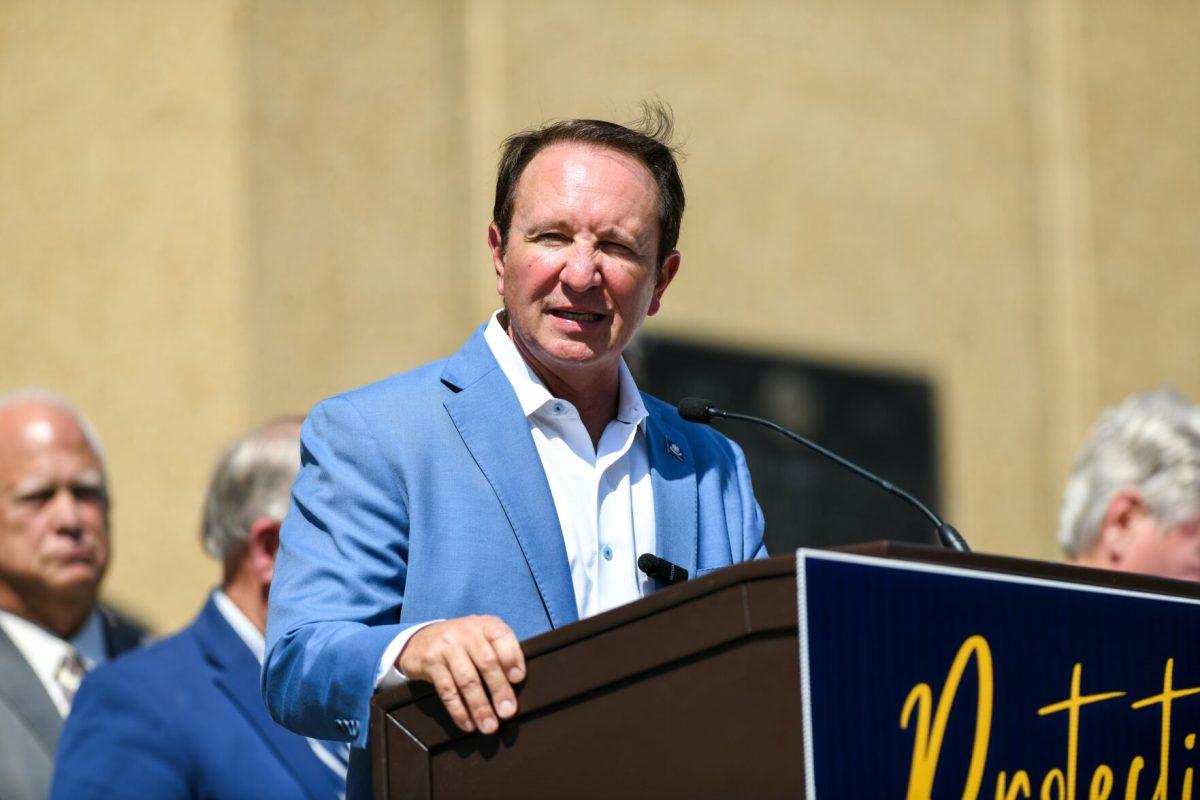Progress in the field of research is under way at the LSU School of Veterinary Medicine’s Equine Medication Surveillance Lab because of a recent contract extension with the Louisiana State Racing Commission. After receiving a three-year, $4 million contract extension with the LSRC on July 1 to provide drug testing for racehorses in the state, the lab is using the money to fund the purchasing of new instrumentation, hiring new employees and increasing the capabilities of the lab, said Steven Barker, founder and director of EMSL. “We are buying around $1 million in new equipment and hiring five to six new people,” Barker said.Lindsey Williams, a research associate, was one of the new employees hired after the extension. Williams said the work done in the lab is also beneficial to human research. “The interesting thing is that it shows what happens when certain drugs are combined,” Williams said. “It broadens your horizons.” The lab, housed on the second floor of the vet school, is one of only 18 labs of its kind in the country. No industry does more drug testing than horse racing, Barker said. University faculty, researchers and student workers are directly involved in testing Louisiana racehorses for a list of illegal drugs. The EMSL, established in 1987, serves as the official drug-testing laboratory for racehorses in Louisiana. The lab tests about 8,000 samples a year, Barker said. The contract was both extended and increased from $681,000 a year to $1.32 million a year, Barker said. Barker said the increased funding was necessary after national rules were implemented in Louisiana requiring increased drug testing. The lab’s machinery can cost as much as $300,000 a piece and are used to test samples for a long list of illegal drugs in the database, Barker said.The LSRC added anabolic steroids to the list of prohibited drugs on Jan. 1, in addition to therapeutic agents like amphetamines and analgesics.Barker said analgesics mask the horse’s pain, allowing it to run in a race despite having an injury. These circumstances can lead to the horse breaking down during the race and having to be euthanized.The lab doesn’t have direct hands-on contact with the horses, but it does receive blood from euthanized horses to ensure there weren’t any drug violations which may have caused the initial injury.Barker said performance-enhancing drugs like amphetamines give horses a pharmacological advantage.”We are protecting the betting public to make sure someone’s not winning all their races because they have a better chemist than the next guy,” Barker said.Ethan McIlhenny, a graduate student who works in the lab, said horse racing would be impossible without routine drug testing. The extension allows McIlhenny to work on his graduate student research and use some of the same equipment in the lab. The frequency of positive results is about 0.25 percent of all samples tested in a year, Barker said. The EMSL also screens “referee samples,” which are positives from other states sent to other labs for second opinions to ensure accuracy. Barker said the lab performs 250 referee sample analyses a year, which generate about $100,000 a year in additional income.”We also get a lot more experience in doing drug testing by analyzing referee samples,” Barker said.Pamela Casas, EMSL manager, said the extension is a good opportunity to expand what the lab has done for 22 years.”It’s important to monitor that people are not abusing medications on horses,” Casas said. “Both for the health of the horse and the fairness of the industry.”—-Contact Sarah Eddington at [email protected]
Racehorse drug-testing contract extended three years
October 5, 2009




